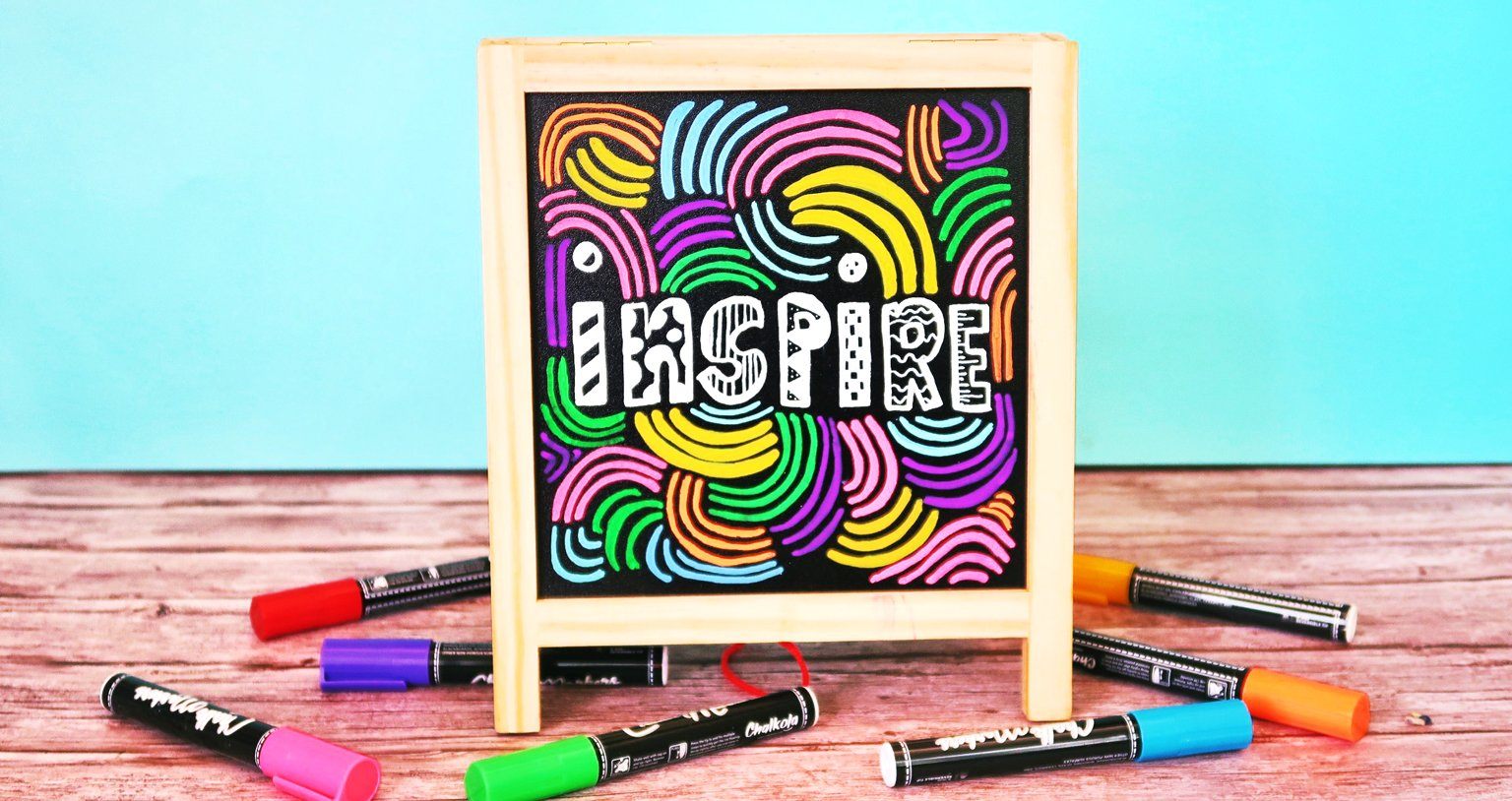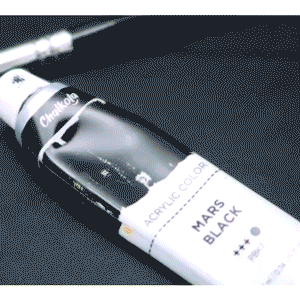
You would think that the answer would be an unqualified yes, but the name “liquid chalk markers” refers to the effect of these markers, not their composition. Liquid chalk markers are designed to be used mainly on non-porous surfaces such as glass, metals, plastics, ceramics, and other materials that don’t permit the passage of air or water.
Now, on to the old-style chalkboards. In the past, chalkboards were made of sheets of slate, which is a porous material. Meaning, anything applied on it will be absorbed instantly, resulting in stains or faint marks on the surface. If you’ve experienced using liquid chalk markers on this type of board, you must’ve been quite frustrated when you were trying to remove the marks.
Thankfully, advanced technology stepped in and created modern chalkboards!
These smooth chalkboards are made of porcelain enamel, a non-porous material that is lighter in weight and lasts longer than traditional slate. It’s easy to use liquid chalk markers on this surface and clean-up is a breeze with just a damp cloth to wipe away the marks.
If you don’t know what your chalkboard is made of, try rubbing it with a damp cloth. Slate and other porous materials will retain the moisture, whereas a non-porous board will dry quickly. If you have a slate chalkboard or other porous material that you feel is the perfect surface to show off your chalk markers, you can seal it with an inexpensive aerosol sealer available at craft stores.
Now that you know the right types of surfaces or chalkboards to use for either erasable or permanent art, you can start enjoying your vibrant chalk markers! Here's a quick and helpful video on how to properly use the markers to get the most out of them!

